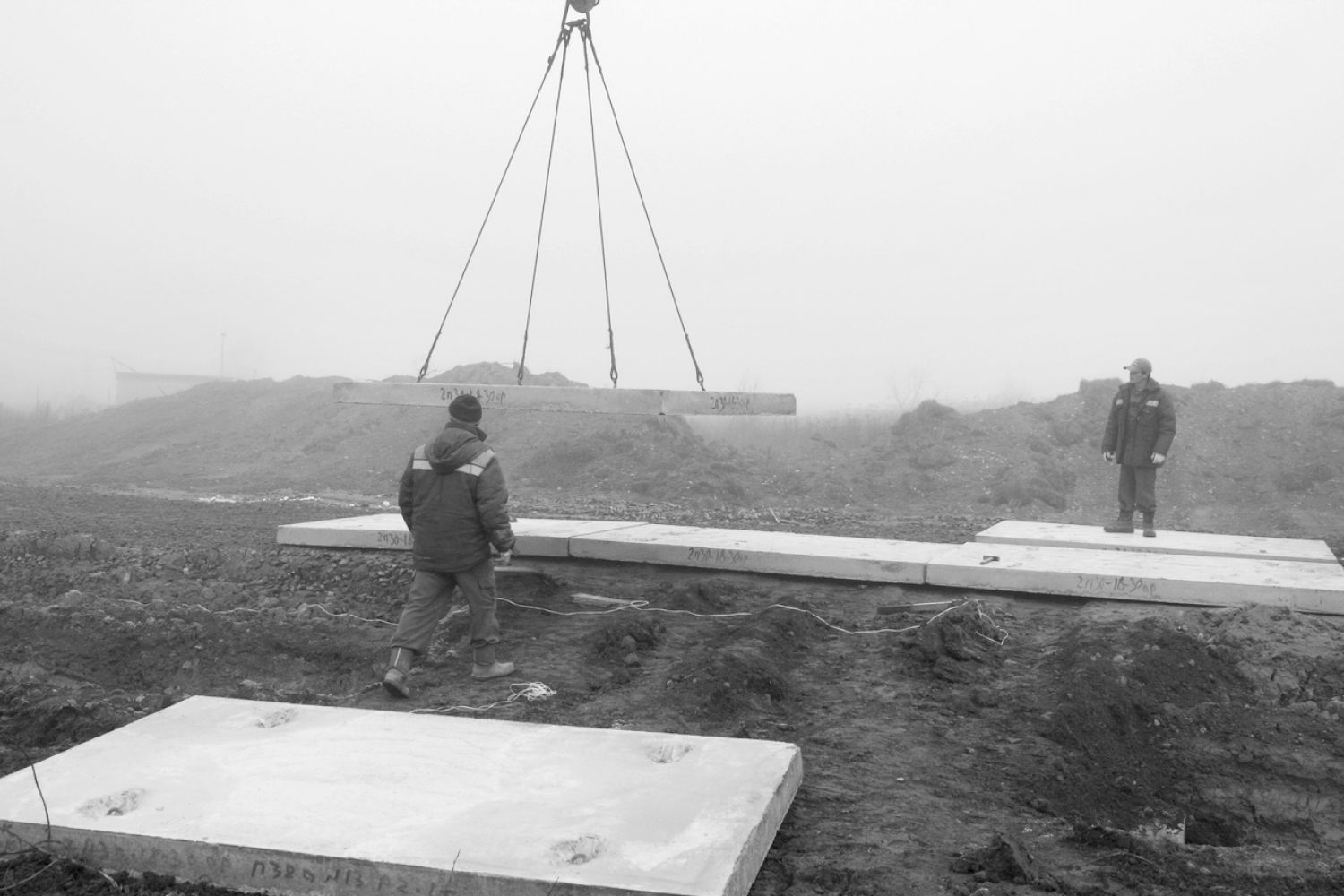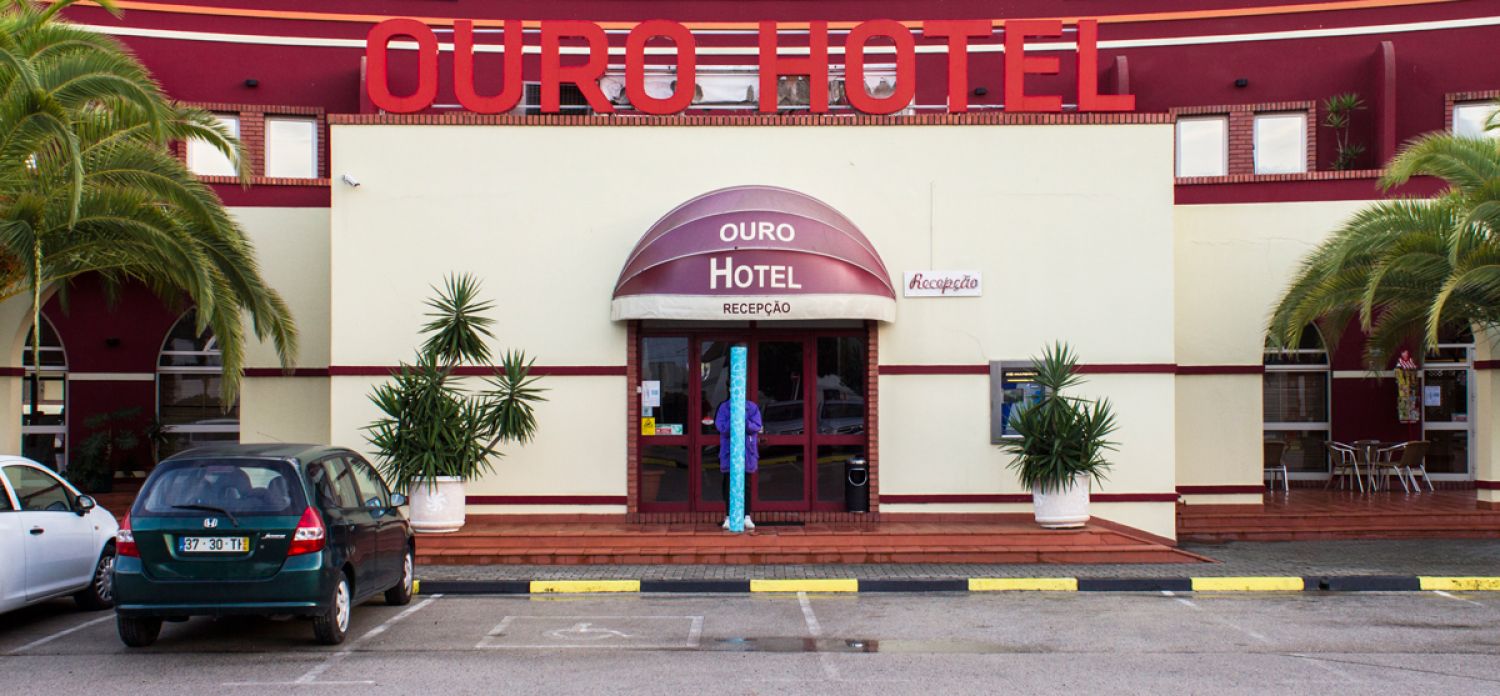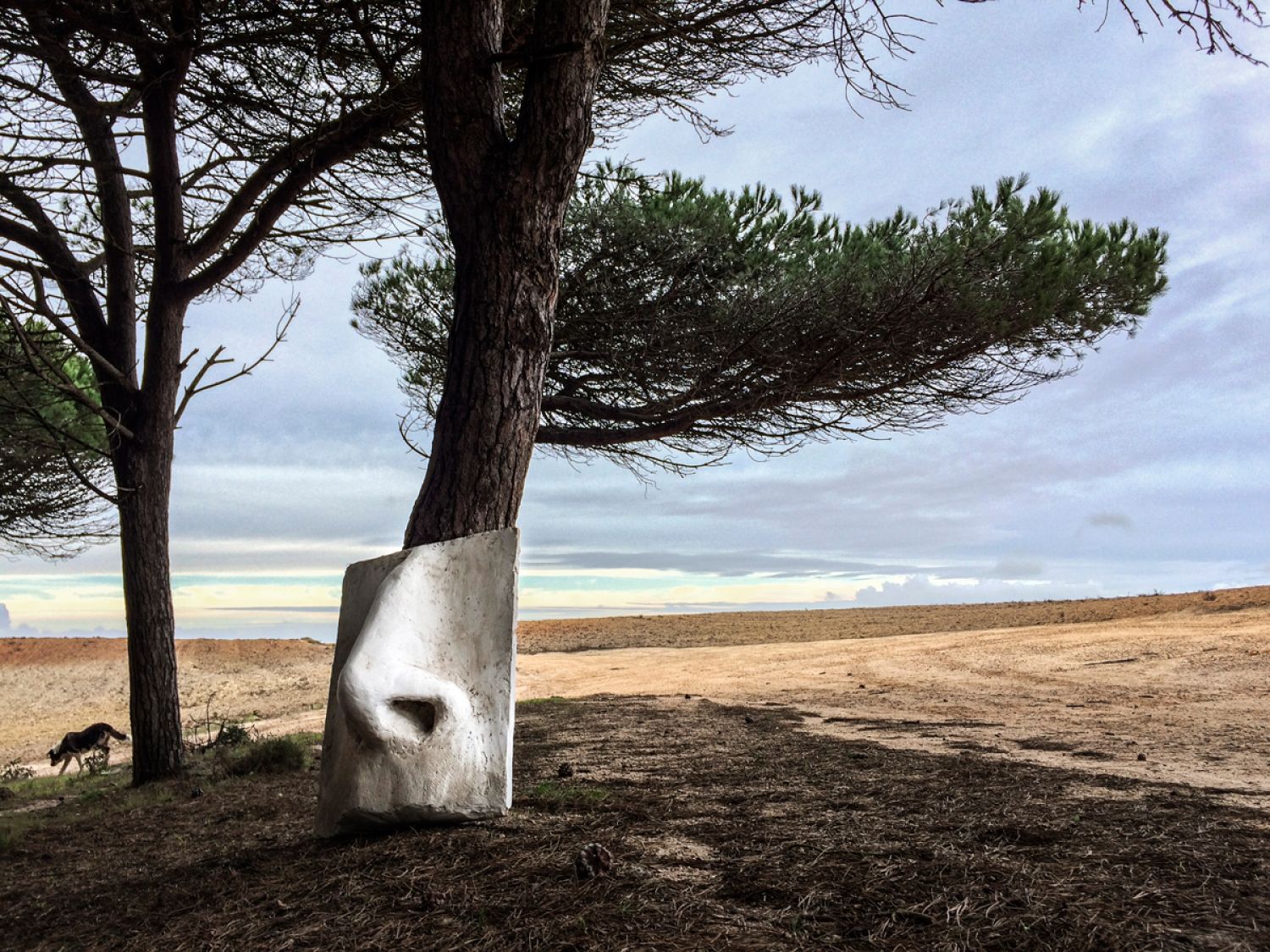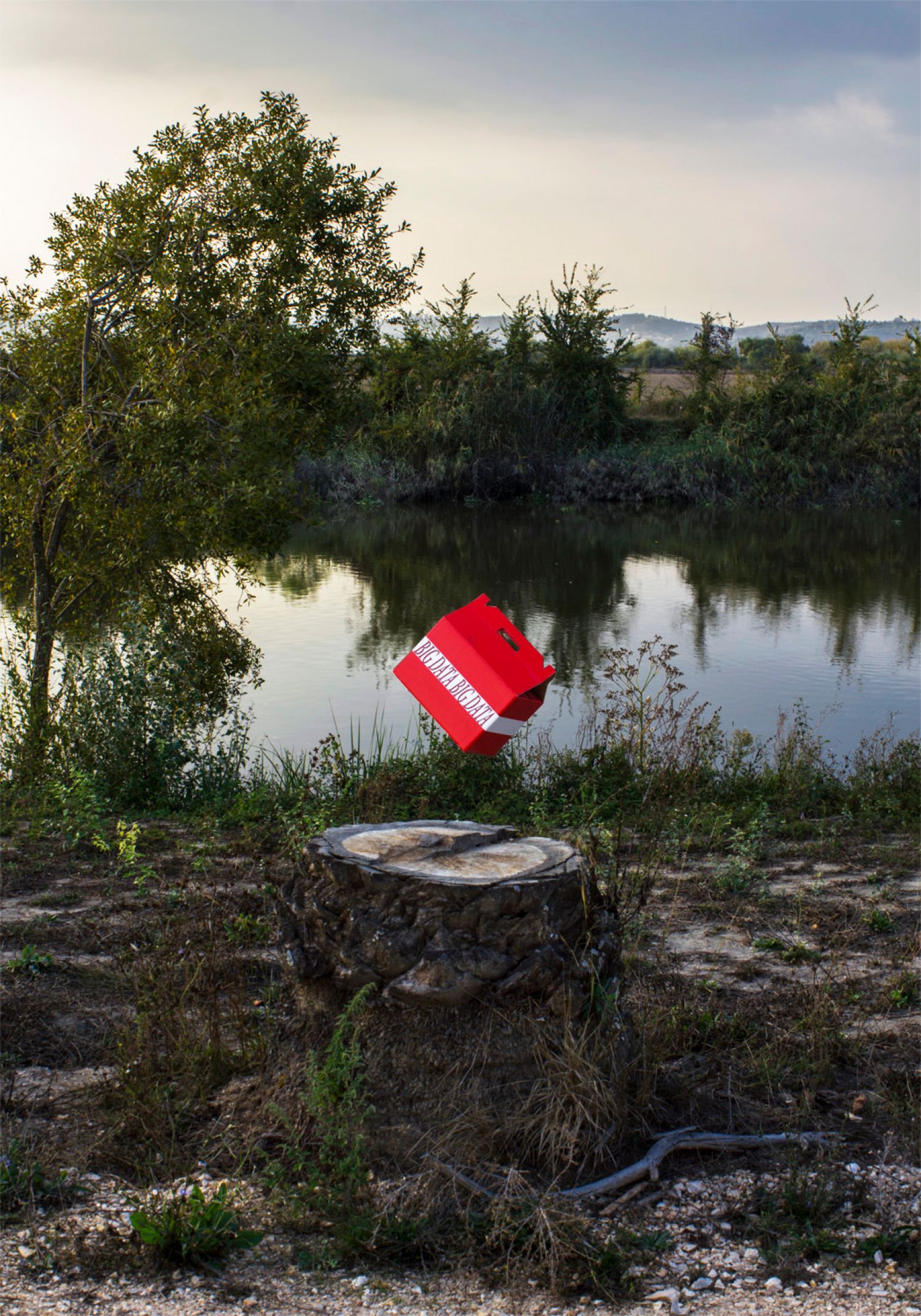Imagine a road, anywhere, in any period: along it one will probably find some vehicles and beasts of burden, a few horsemen, inns, a forge, a village or a town. However faintly it may appear to be marked, the track will in fact follow a fixed course, even in the Argentine pampas or eighteenth-century Siberia. Transporters and travellers remained prisoners of a limited range of choices. They would perhaps prefer to take one route rather than another, to avoid a toll gate or customs post, but might be obliged to turn back in case of difficulty. And they might follow one road in winter and another in spring according to the degree of frost or the number of potholes. But it was impossible to depart from established roads, for any travelling meant being dependent on services provided by others.
Merchandise was beginning to travel alone.
Note: 50km of highway were stolen by a senior prison official in Siberia. He then sold off its 7.000 reinforced concrete slabs for personal profit. On Wednesday he was arrested and faces charges of misappropriation of state property while using his official position, which could lead to 10 years in jail.
–
The Folds of the Mediterranean
Hercynian blocks banded, Alpine foldings in black; the white lines indicate the direction of the mountain ranges. To the south, the Saharan plateau in white, borders the Mediterranean from Tunisia to Syria. To the east, the tectonic fractures of the Dead Sea and the Red sea. To the north, the intra-Alpine and extra-Alpine plains are in white. The dotted lines mark the furthest limit of former glaciers.
Place: Ouro Hotel, Azambuja.
–
Handkerchief
Luxury then can take on many guises, depending on the period, the country or the civilisation. What does not change, by contrast, is the unending social drama of which luxury is both the prize and the theme, a choice spectacle for sociologist, psychologist, economist and historian. A certain amount of connivance is of course required between the privileged and the onlookers - the watching masses. Luxury does not only represent rarity and vanity, but also social success, fascination, the dream that one day becomes reality for the poor, and in so doing immediately loses its old glamour. Not long ago a medical historian wrote: «When a food that has been rare and long desired finally arrives within reach of the masses, consumption rises sharply, as if a long-repressed appetite had exploded. Once popularised [in both senses of the word – becoming ‘less exclusive’ and ‘more widespread’] the food quickly loses its attraction… The appetite becomes sated.» The rich are thus doomed to prepare the future life of the poor. It is, after all, their justification: they try out the pleasures that the masses will sooner or later grasp.
Place: Pine forest, Azambuja.
Note: Long gone are the times when it was often said «go steal at Azambuja's pine forest», when someone took something from another or charged a high price for goods or work. Perhaps this saying comes from times when robberies by bands of thieves were frequent on roads and paths.
–
The Red Palm Weevil
When do the first Exchanges date from? On this point, chronologies can be misleading: the date of the construction of the building may not be the same as the setting up of the institution. The building in Amsterdam dates from 1631, whereas the New Exchange was founded in 1608 and the old one went back to 1530. We shall often have to be content with traditional dates which may not be too reliable; but we cannot depend on the misleading chronology which makes it appear as if the first Exchanges appeared in the north: Bruges 1409, Antwerp 1460 (the building was constructed in 1518), Lyon 1462, Toulouse 1469, Amsterdam 1530, London 1554, Rouen 1556, Hamburg 1558, Paris 1563, Bordeaux 1564, Cologne 1566, Danzig 1593, Leipzig 1635, Berlin 1716, La Rochelle 1761 (building), Vienna 1771, New York 1772.
Place: Palm Tree Avenue, Palace of Obras Novas, Azambuja.
Note: The Palace functioned as an inn which also controlled the amount of passengers and merchandise that circulated through Vala Real during the 19th century. It has a connection to Tagus river and is part of the irrigation channels network of Azambuja and Santarem’s plantations. 104 palm trees were decimated at the beginning of 2016 due to the red palm weevil pest.
–
«Paragens» are courses made from Lisbon to the area of Carregado where objects, semi-objects, hiper-objects, ultra-objects, quasi-objects picked from artists' studios are photographed.



